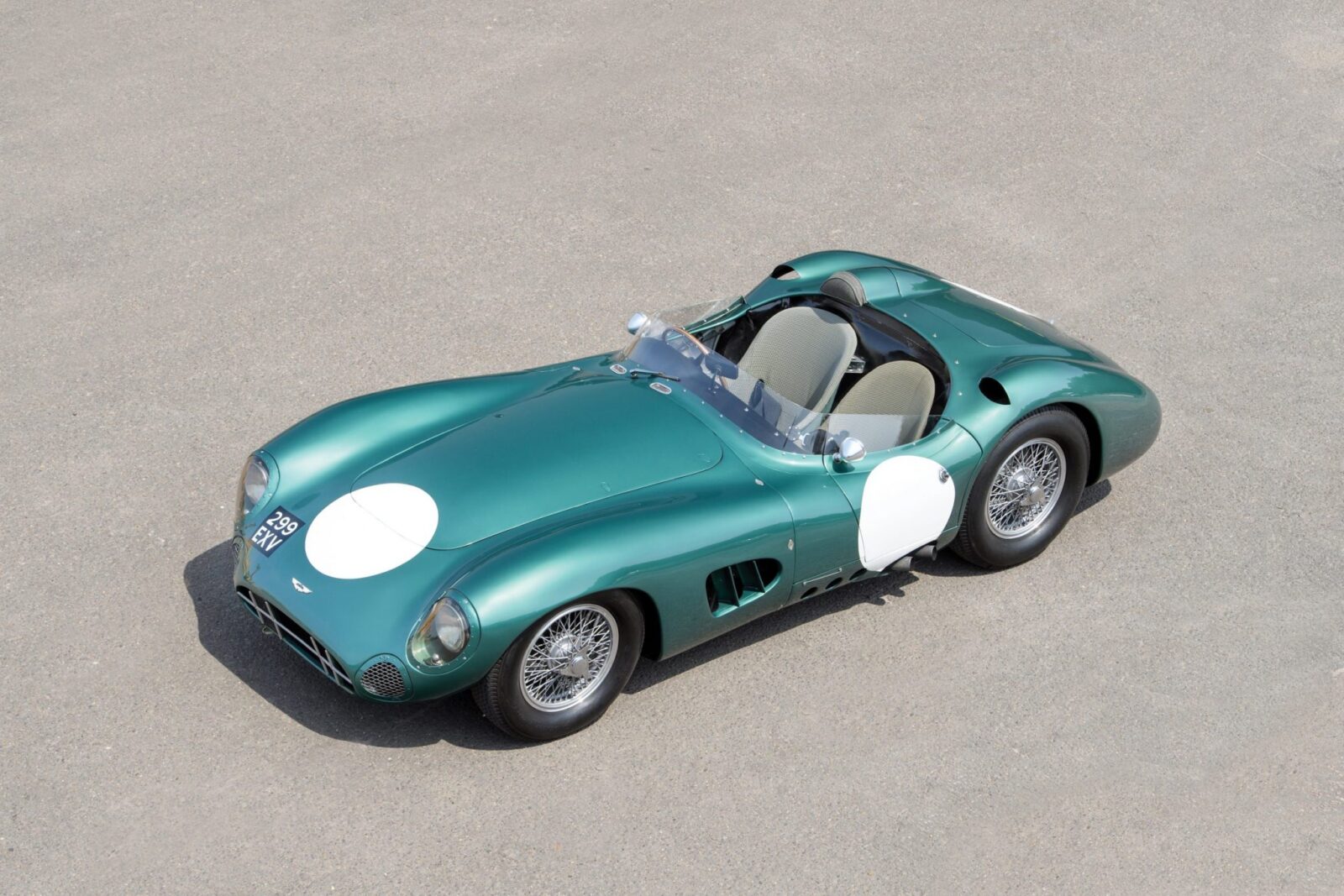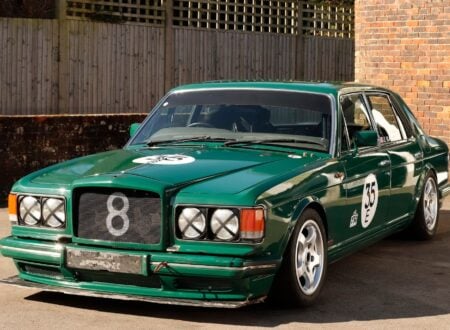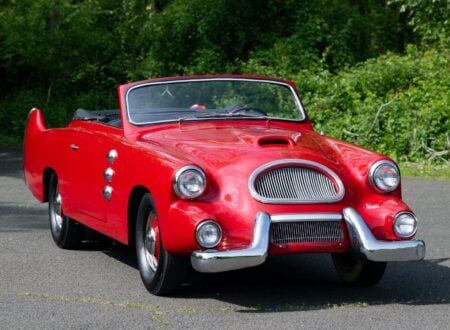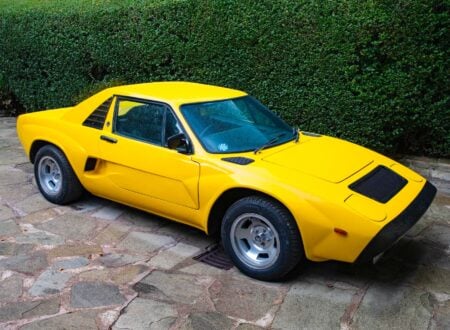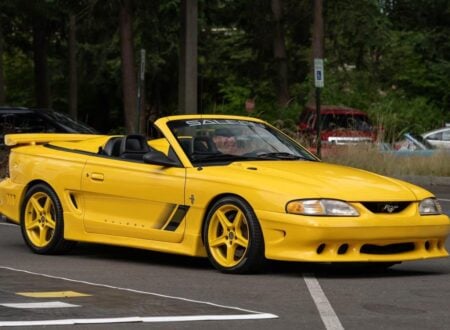The Aston Martin DBR1 is likely to become the single most expensive British car of all time when it rolls across the auction block with RM Sotheby’s next month in Monterey. Estimates are in the $20+ million USD range at the moment, and some say that might be a little on the conservative side, after all this is a car in the same league as the likes of the Ferrari 250 GTO and Mercedes-Benz 300 SLR.
A Brief History of the Aston Martin DBR1
The DBR1 was developed as a direct result of a rule change in 1956 allowing non-production cars to compete in top tier sportscar racing. Aston Martin had previously been racing the DB3S, but the car’s development potential was limited as it had to stay within scope of the road going production model – the Aston Martin DB3.
The rule change gave Aston and their head designer Ted Cutting a clean slate to design an all new racing car with one primary objective – an outright win at the 24 Hours of Le Mans. The only caveat faced by Cutting was the engine – he had to use the Lagonda straight-6 that had been designed by W.O. Bentley in the late 1940s.
Fortunately, the engine was well ahead of its time and it responded well to further development. With double overhead cams, dual or triple carburetors (originally dual SU), and 105 hp from its 2.6 litre capacity the engine would be developed well over 10 years – with final iterations boasting over 300 hp and a 3 litre capacity, fed by triple sidedraft Weber carburetors.
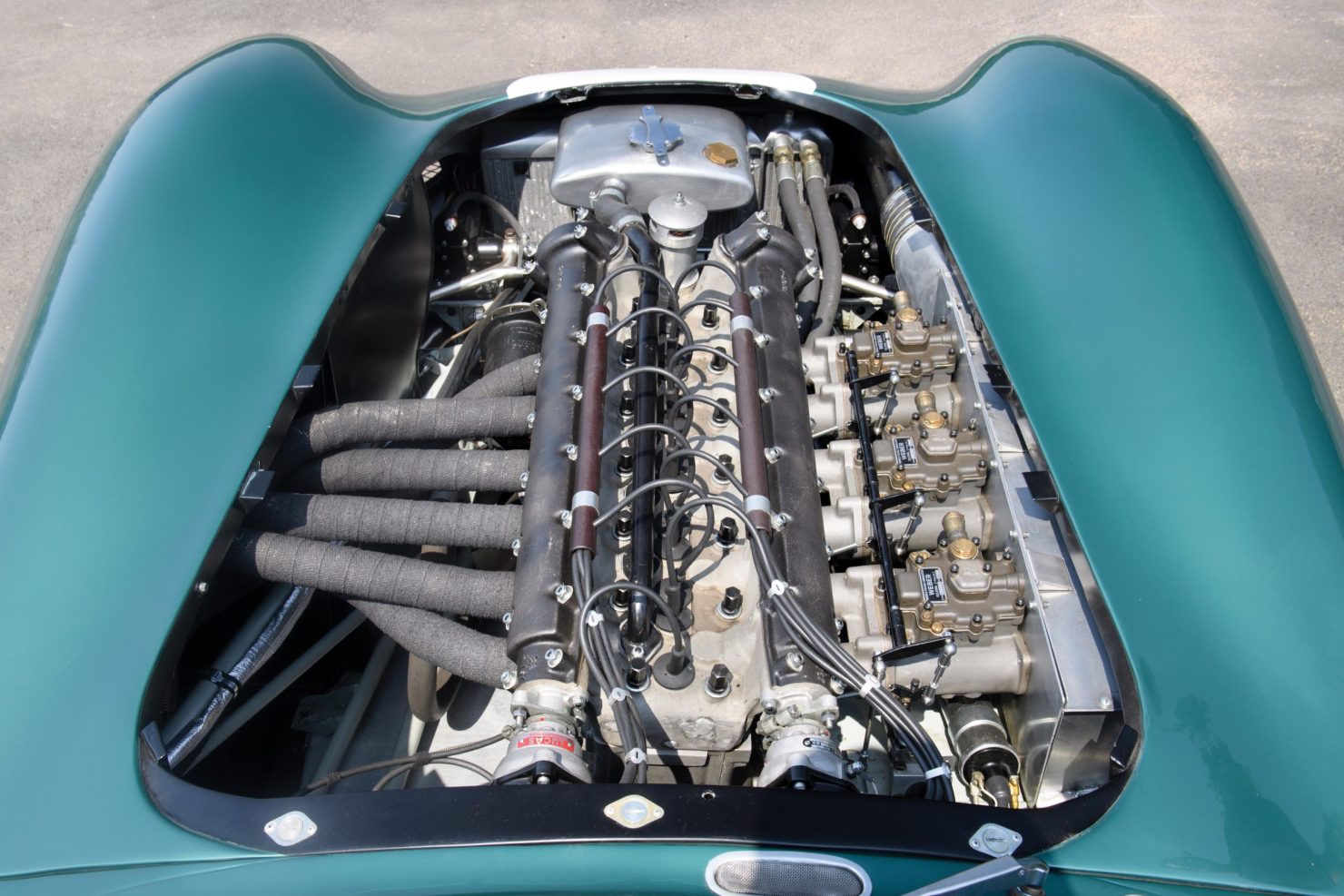
Ted Cutting developed a new multi-tubular space frame for the DBR1, cloaked in a body made from lightweight 20/22 gauge aluminum alloy, with torsion bar and trailing arm front suspension, and rear suspension comprised of a De Dion axle with longitudinal torsion bars and a Watt’s linkage.
The first of the DBR1s made its race debut at the 1956 24 Hours of Le Mans, initially the car was highly competitive even against the larger-engined Jaguar D-Types with their 3.4 litre XK straight-6s. Unfortunately a transmission failure would end the race early for the new Aston, but the British company had clearly shown they had a competitive car.
Over the next 3 years the Aston Martin DBR1 would take a slew of top level victories against the best racing cars in the world, and in 1959 the car would fulfill its destiny by winning the 24 Hours of Le Mans outright, with Carroll Shelby and Roy Salvadori taking turns at the wheel. Just to drive home the dominant victory, the second place finisher was the DBR1 driven by Maurice Trintignant and Paul Frére – the next nearest car after the top two was an astonishing 25 laps behind.
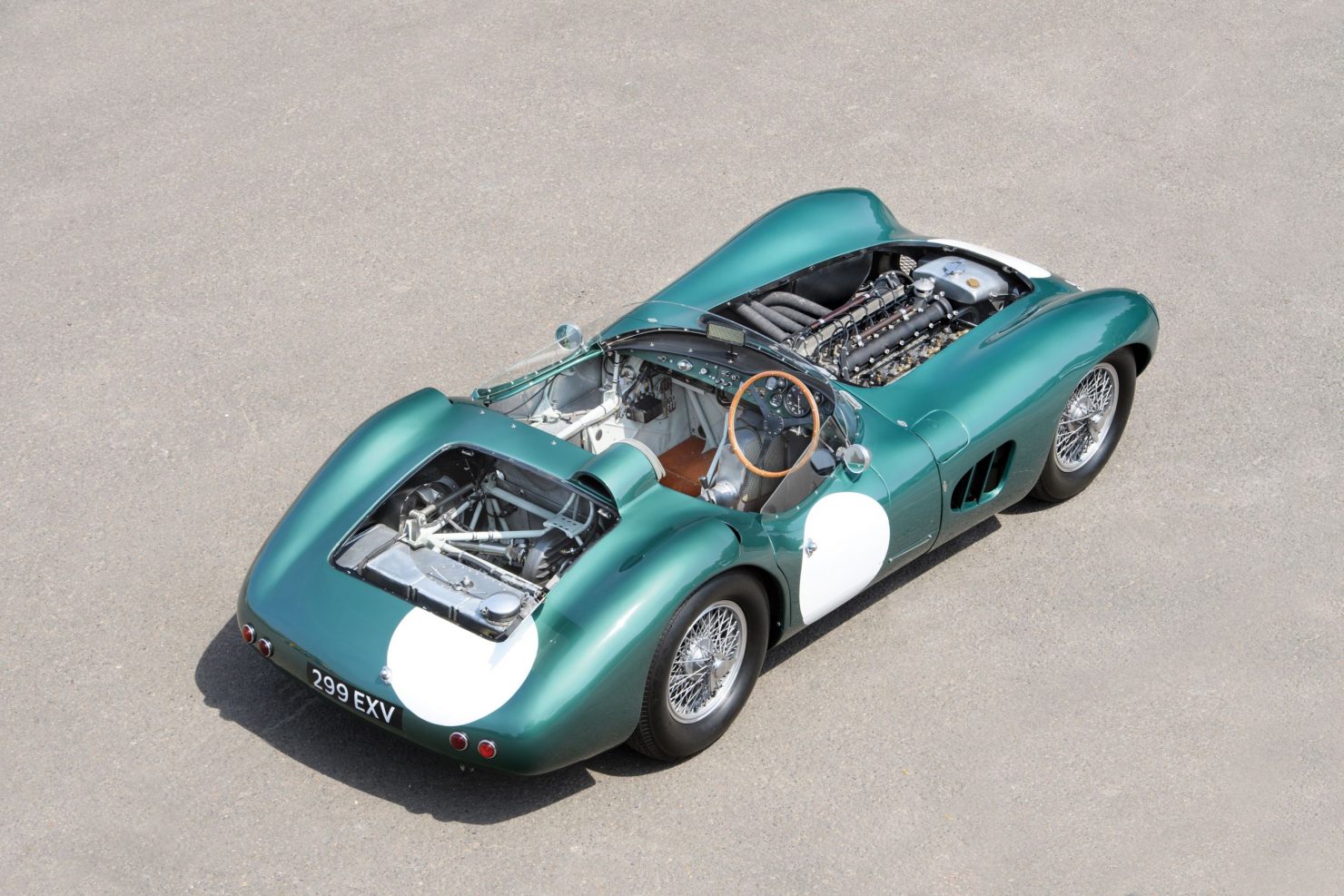
The Aston Martin DBR1 Shown Here
The DBR1 you see is the first of the five that were built, it was the car used at the 1956 24 Hours of Le Mans and it won the Nürburgring 1000 Kilometers in 1959 with Stirling Moss and Jack Fairman at the wheel.
Other notable drivers to squeeze themselves into the hot seat of DBR1/1 are Carrol Shelby, Jack Brabham, Roy Salvadori, Tony Brooks, Reg Parnell, Stuart Lewis-Evans, and Les Leston.
The Aston is currently fitted with an identical replica of the original engine however the correct engine comes with the car – the owner felt the original power unit too valuable to risk. In recent years the car has been maintained by Aston Martin specialists R.S. Williams, and is now presented in remarkably good condition throughout – ready for its new owner.
Many consider this to be the single most important model in Aston Martin history, and as this is the first of only five built it’s likely to attract some heavy hitters when it rolls across the auction block with RM Sotheby’s on the 18th of August. If you’d like to read more about it or register to bid you can click here to visit the listing.
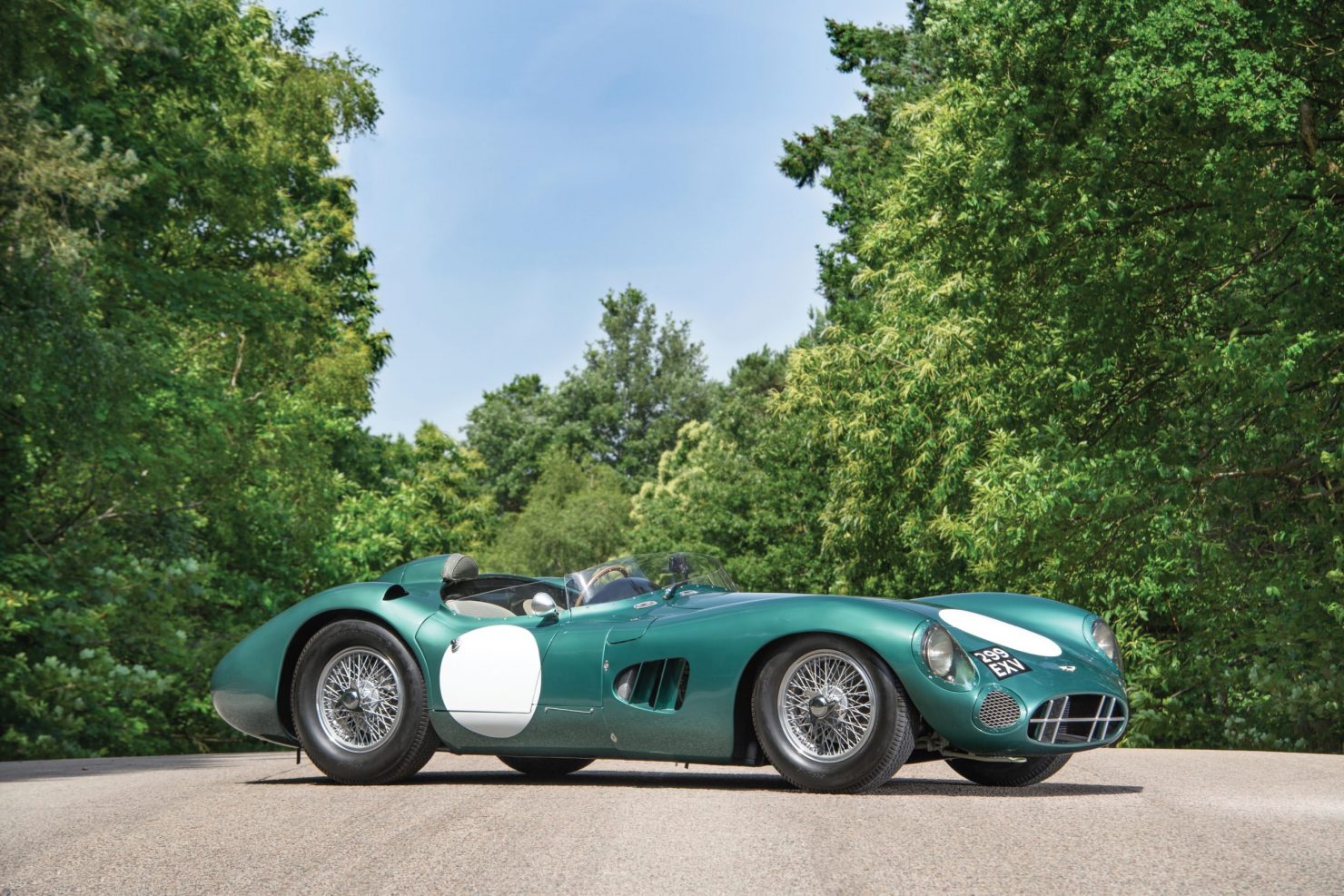

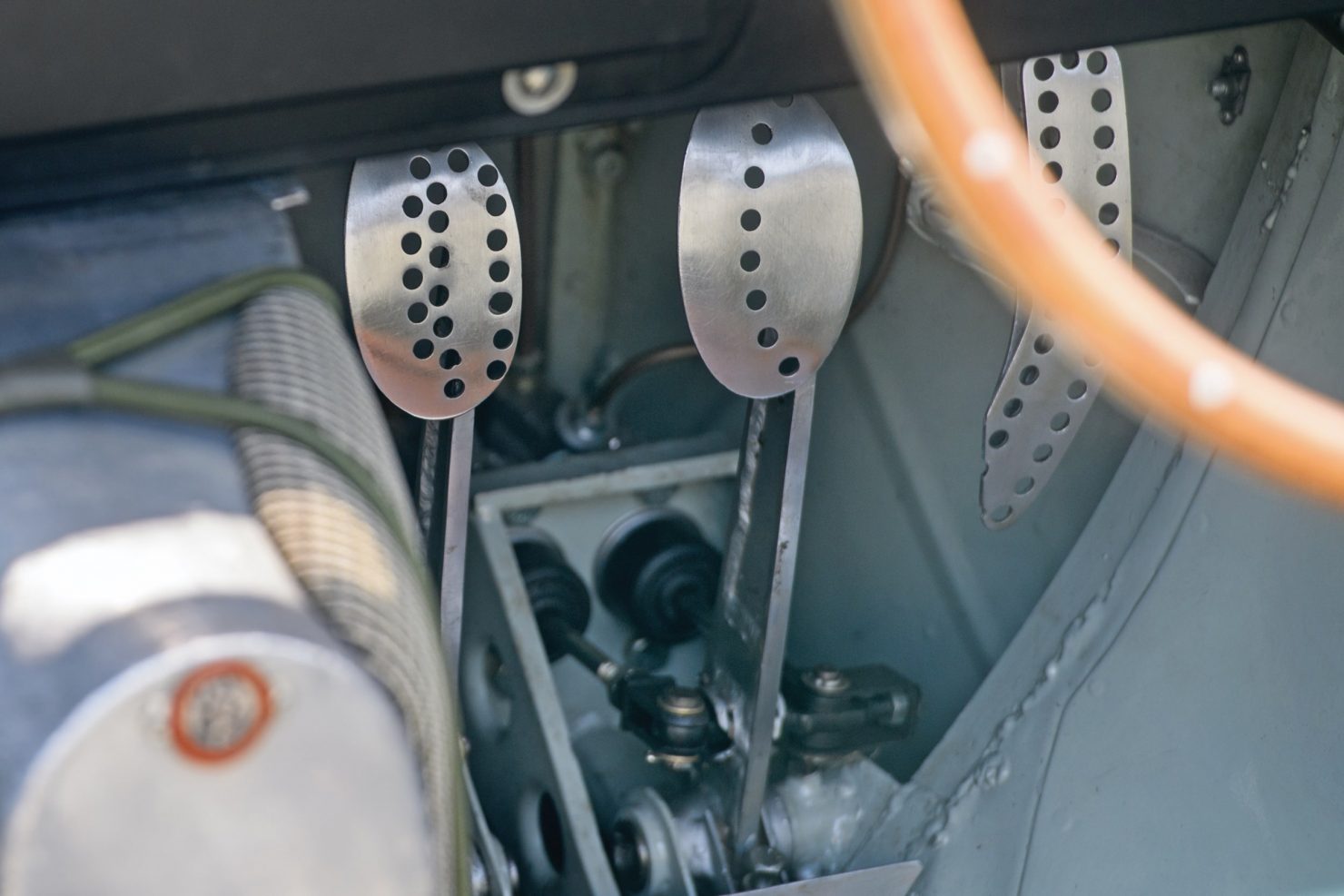
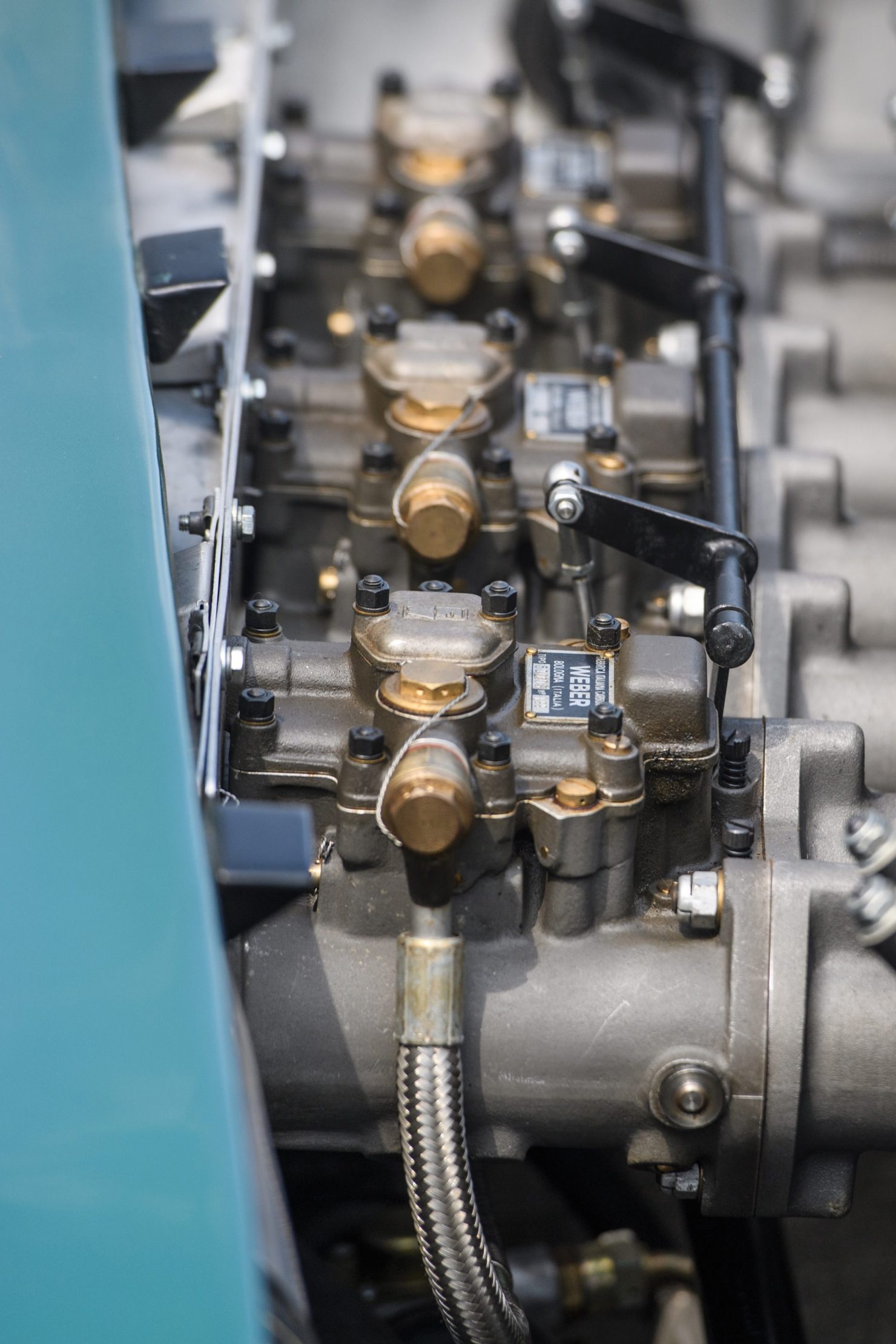
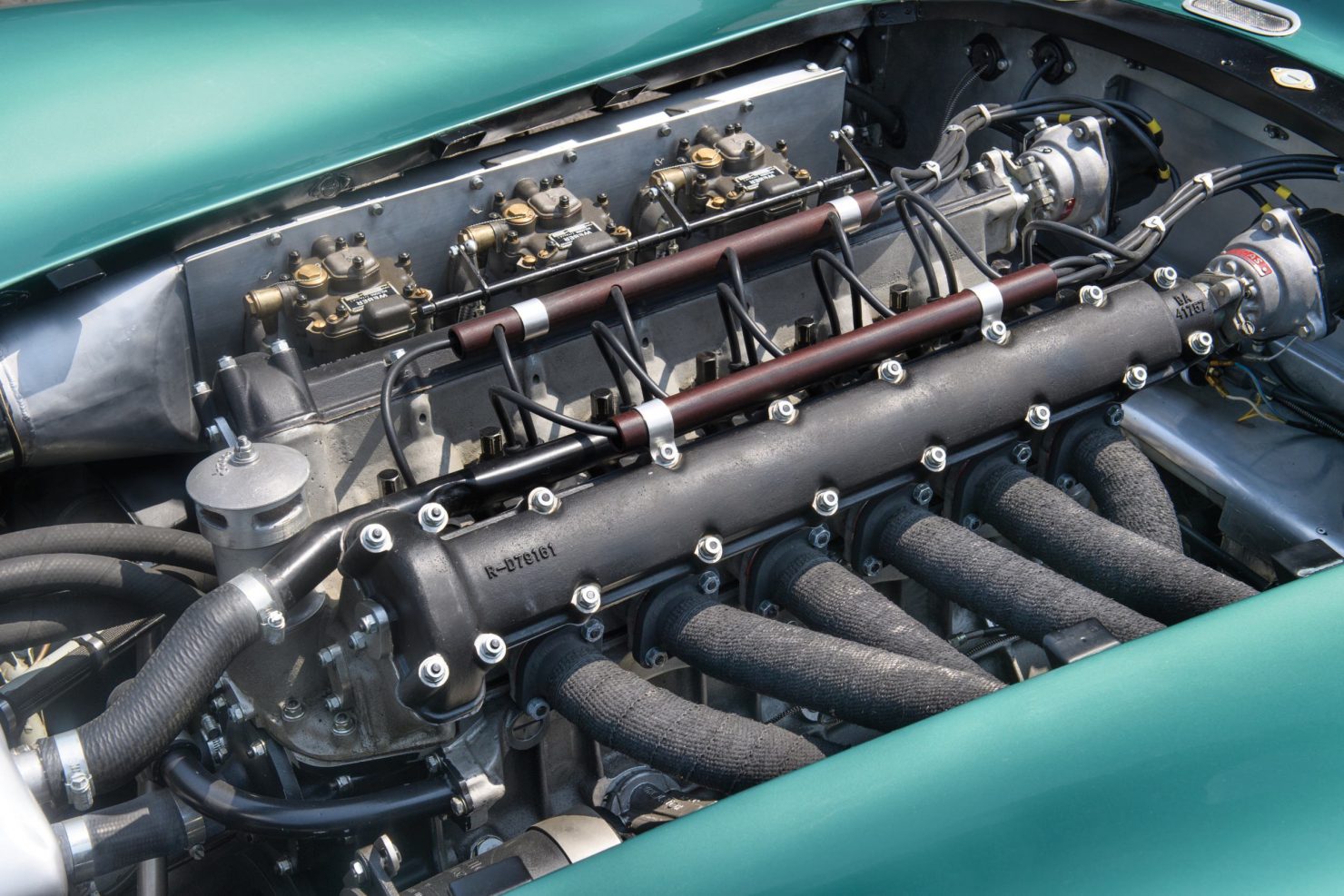
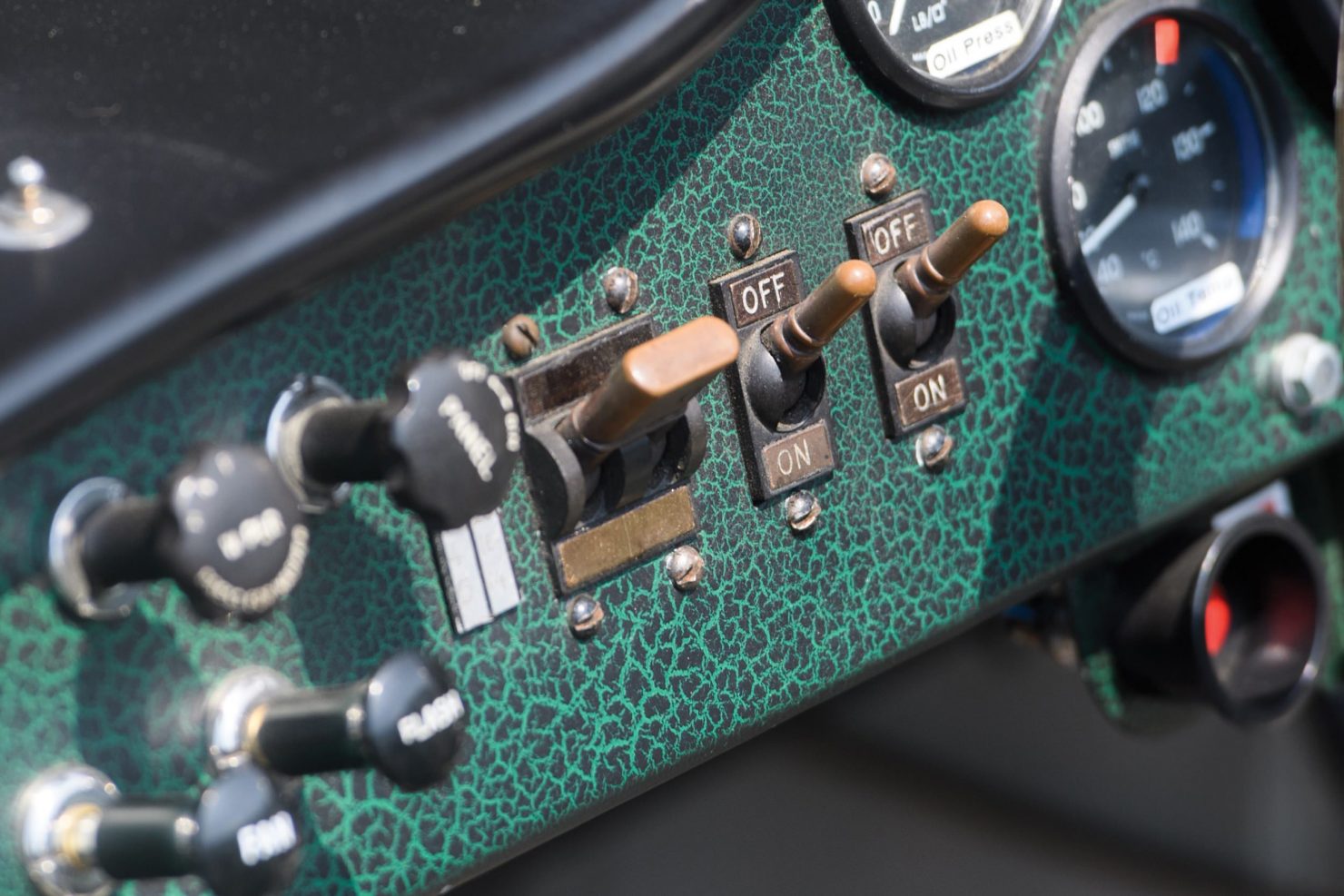
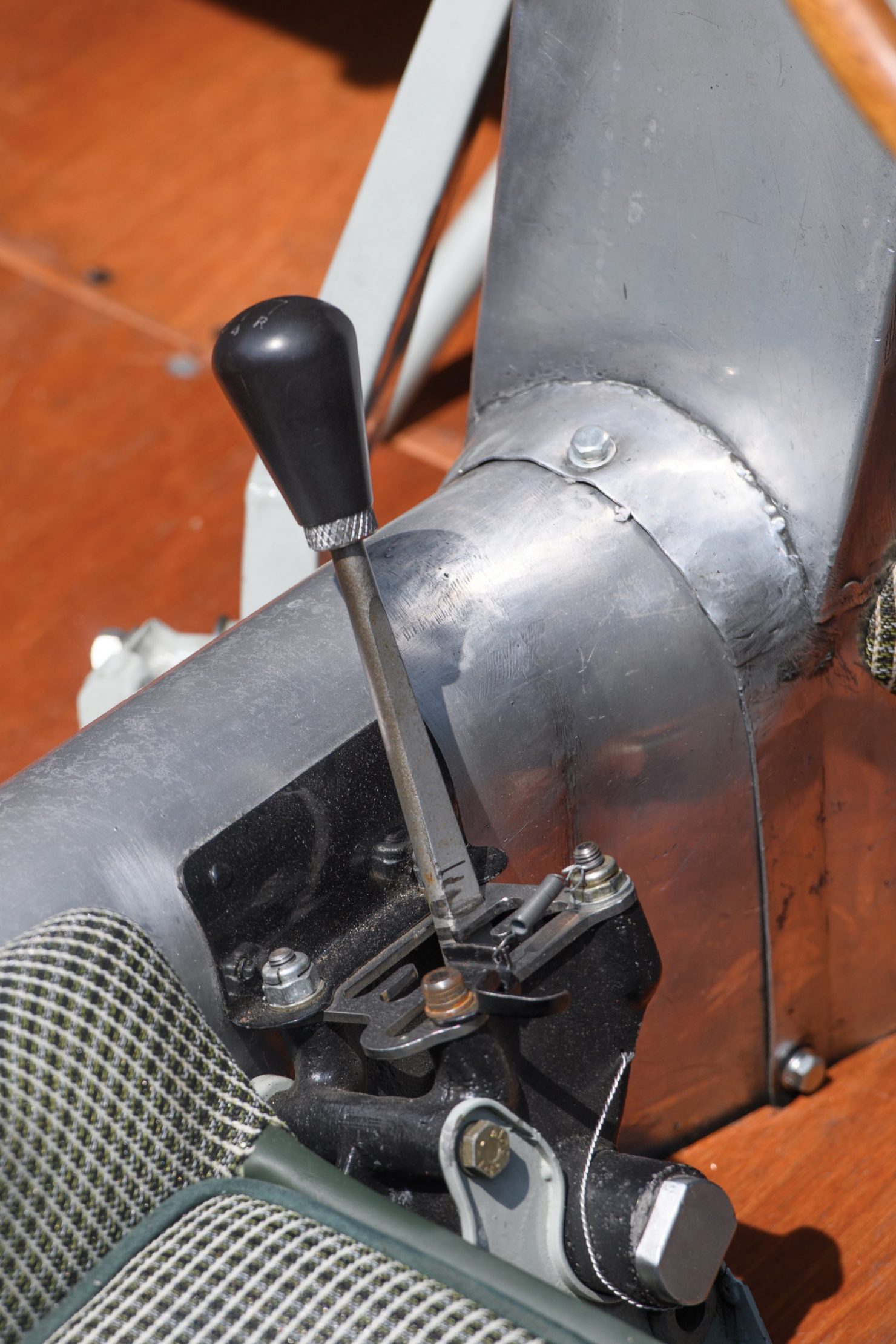
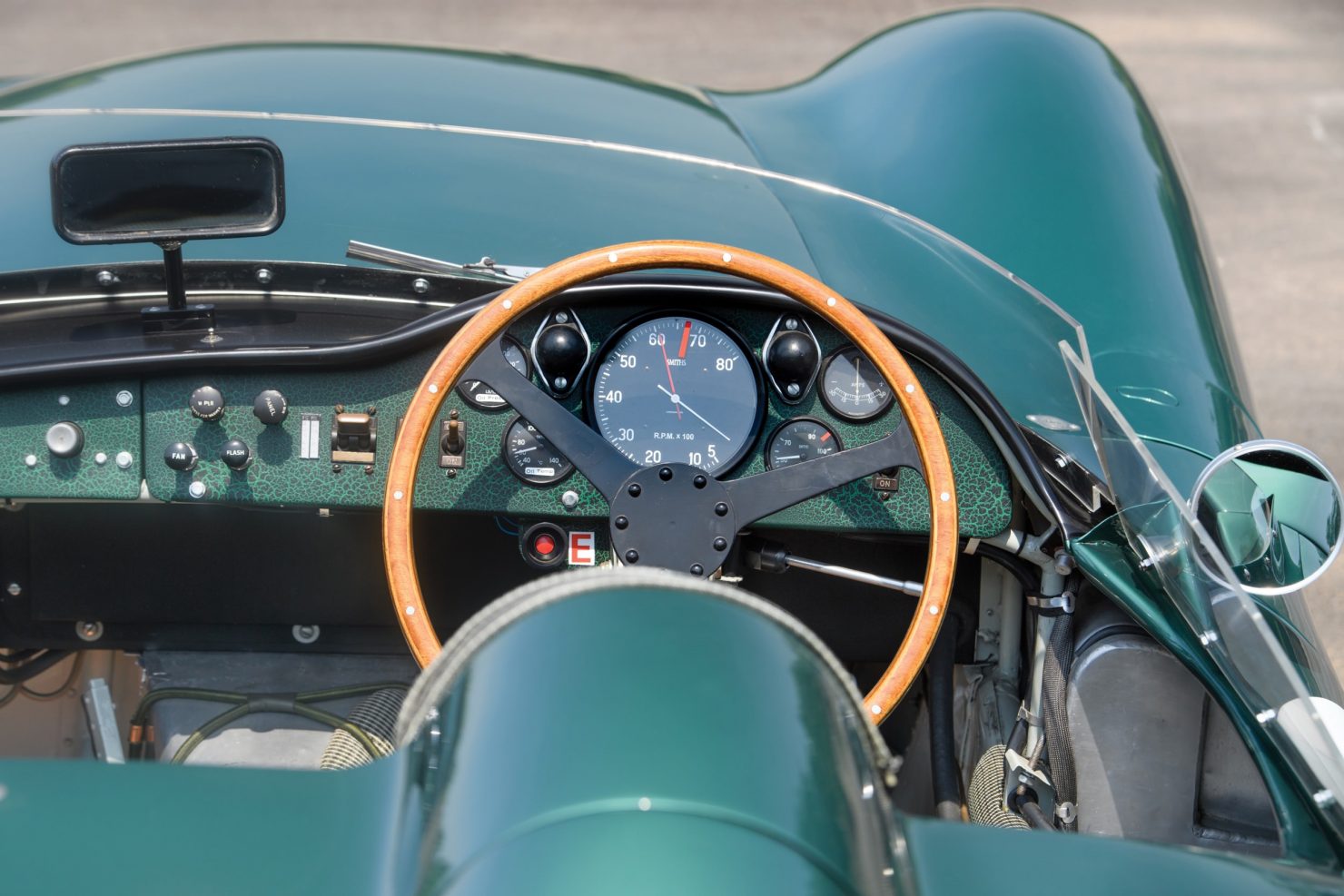
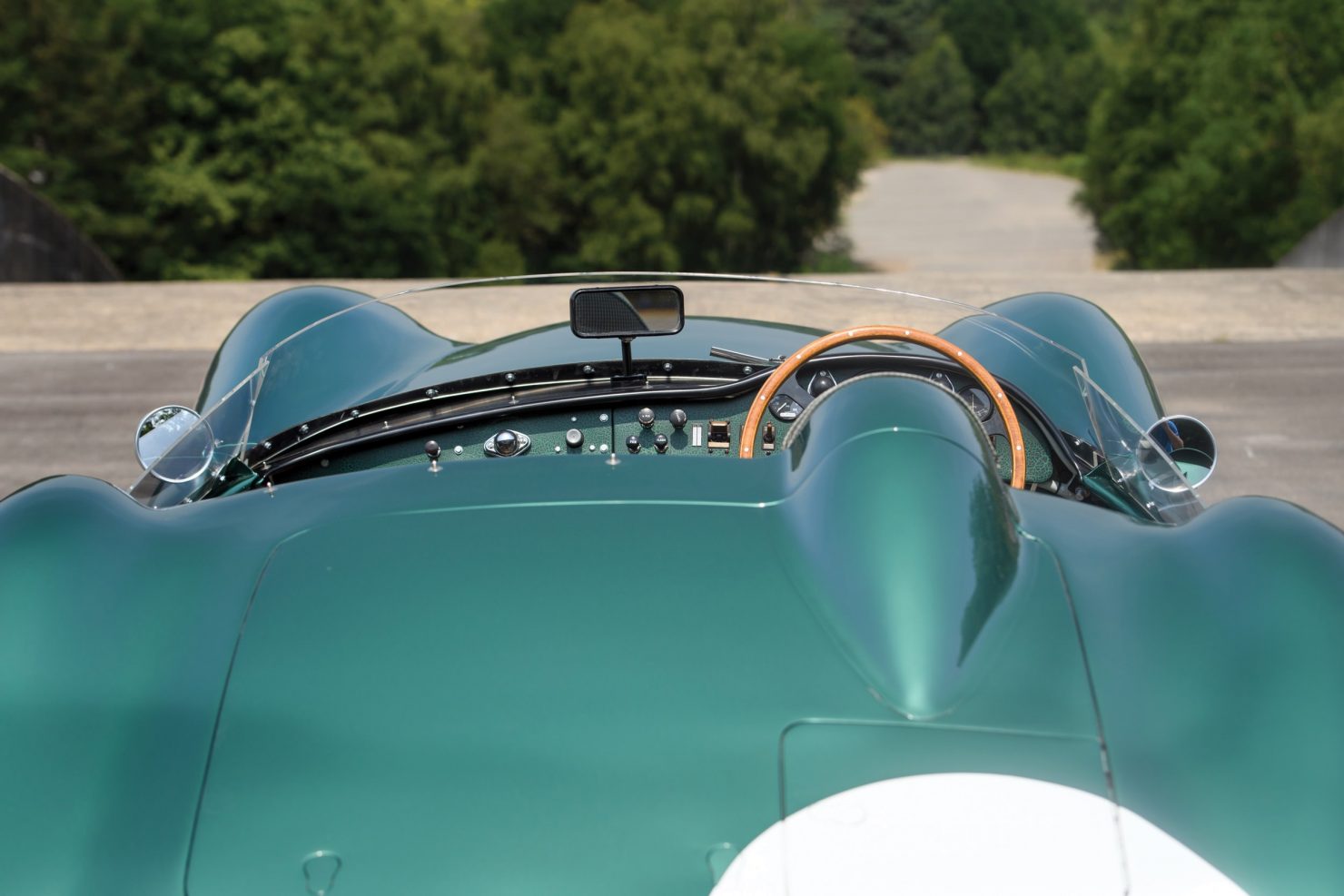
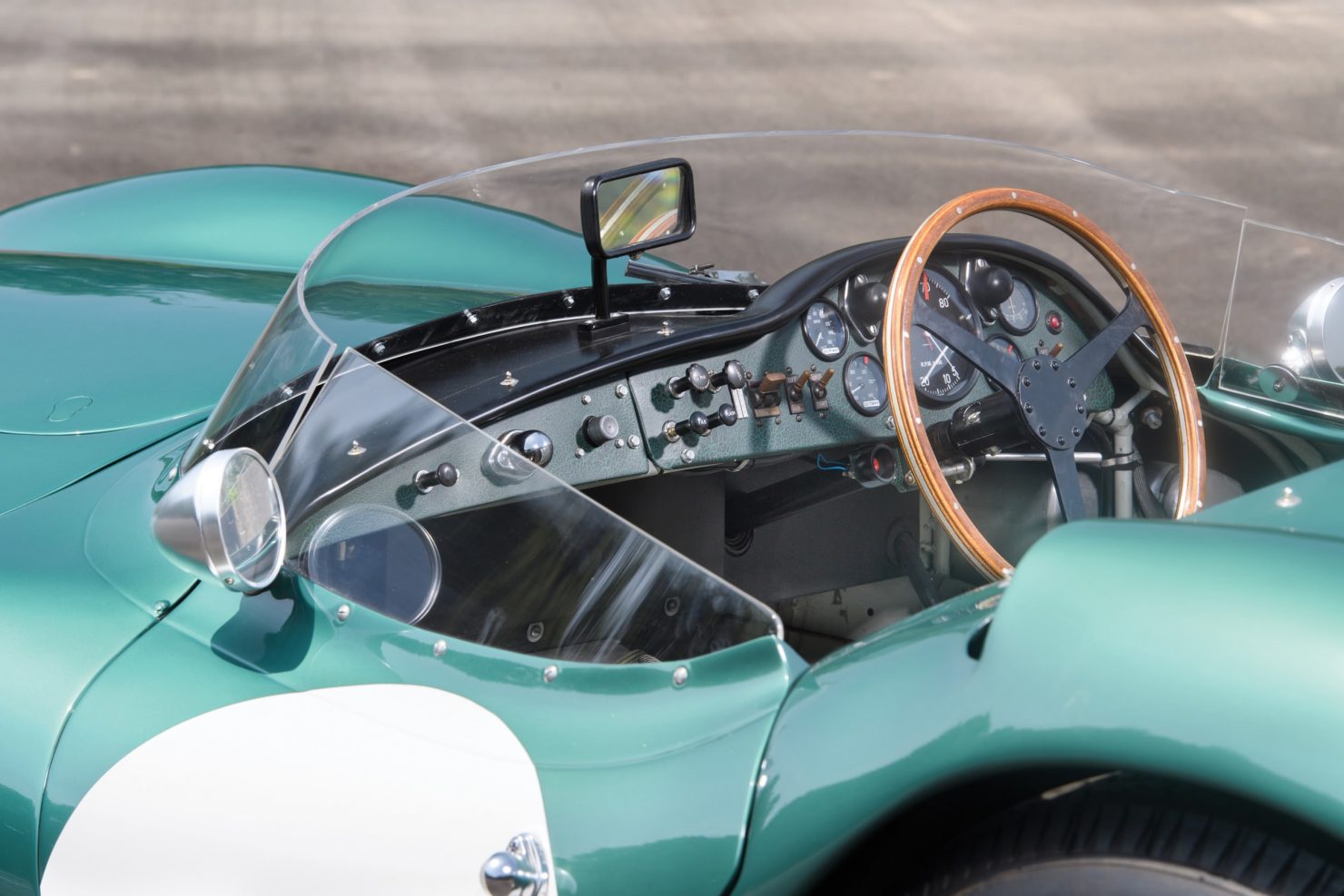
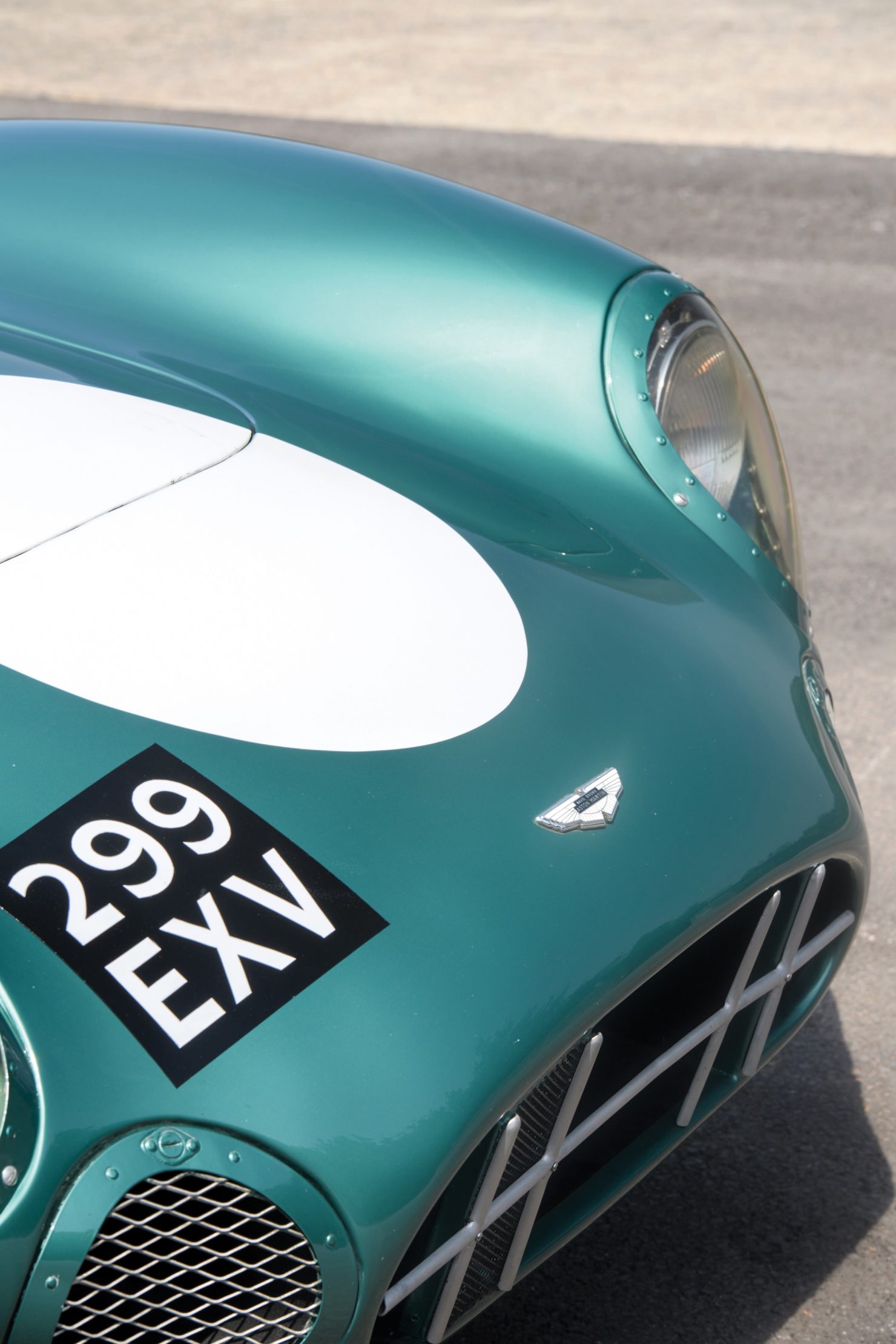
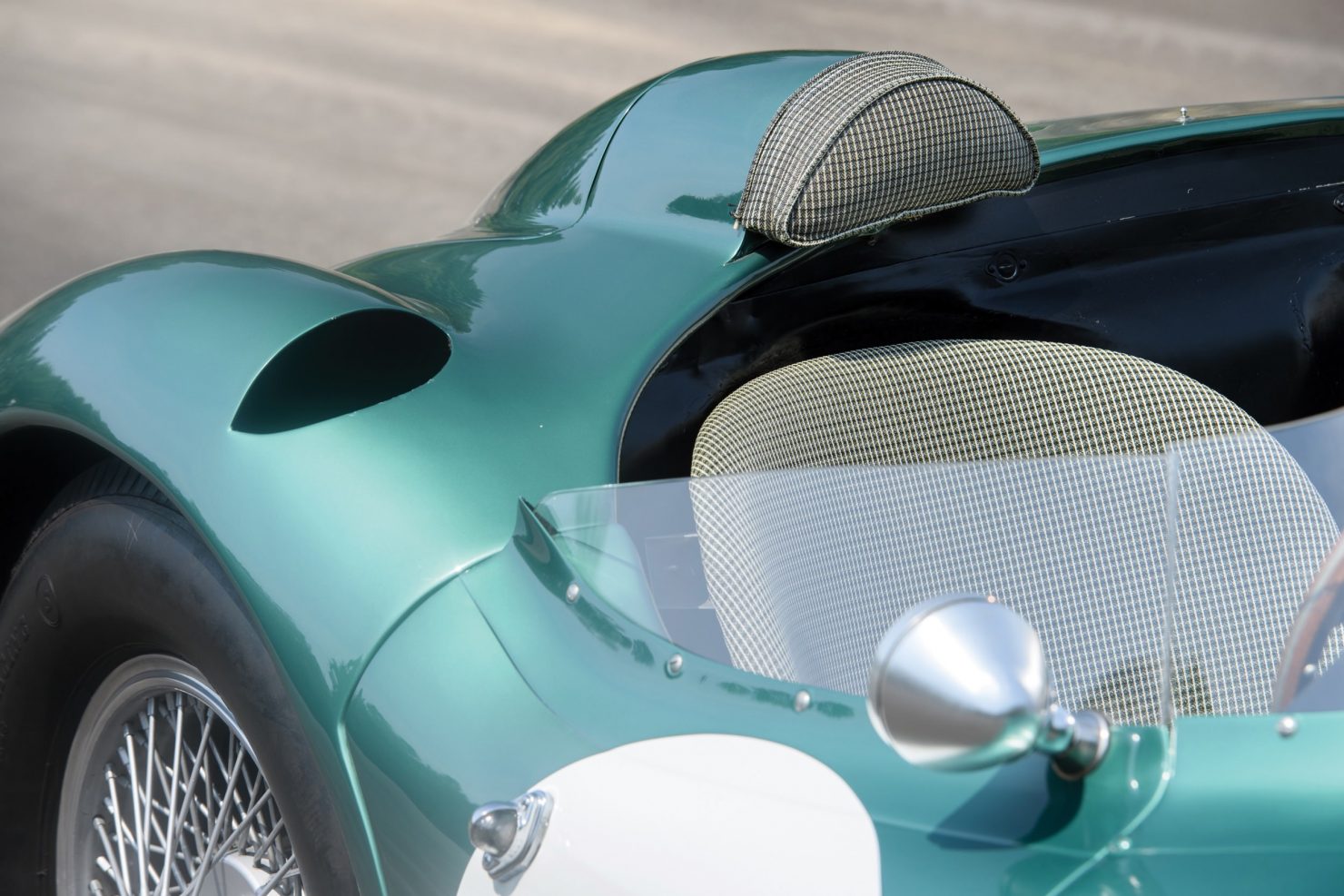
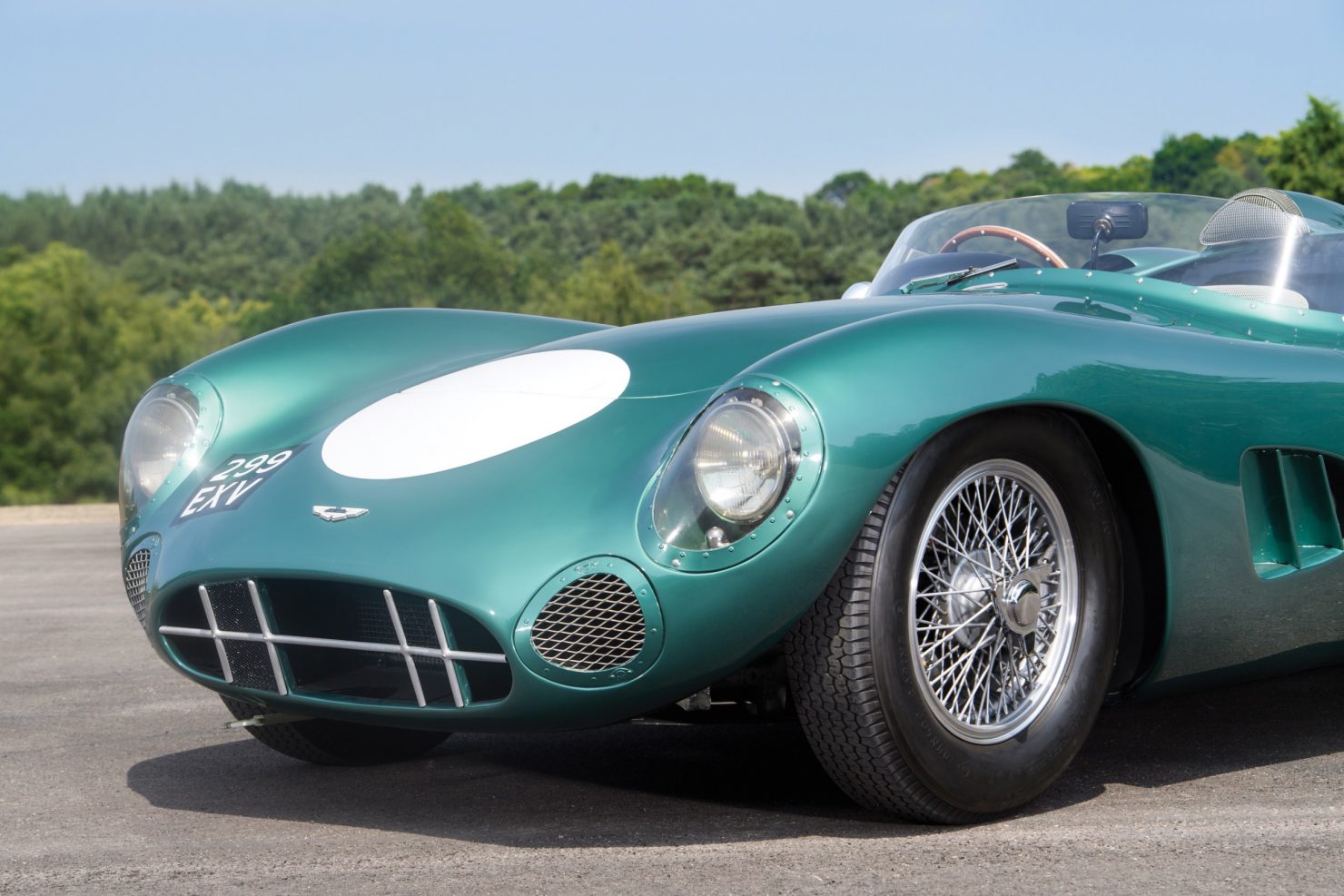
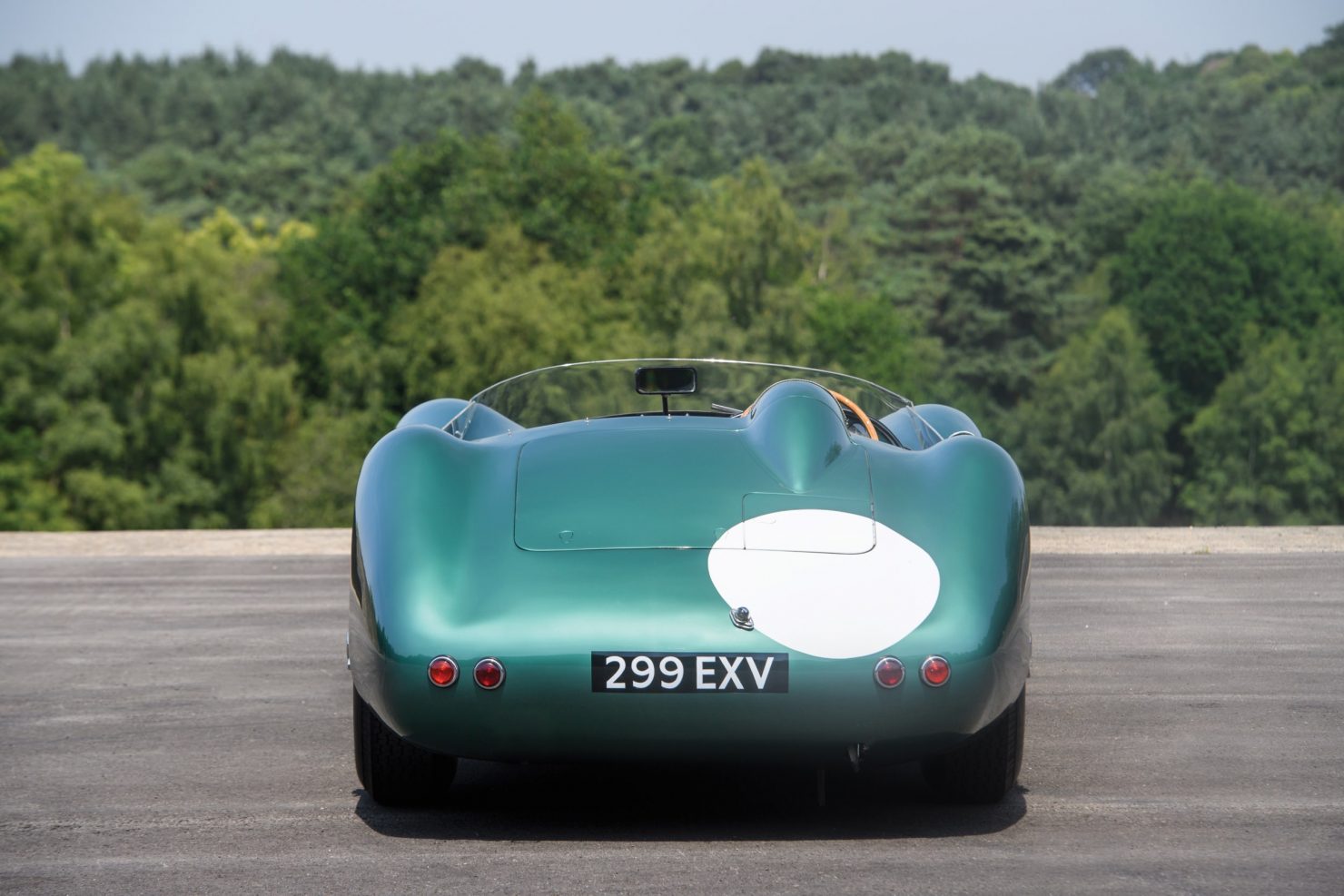
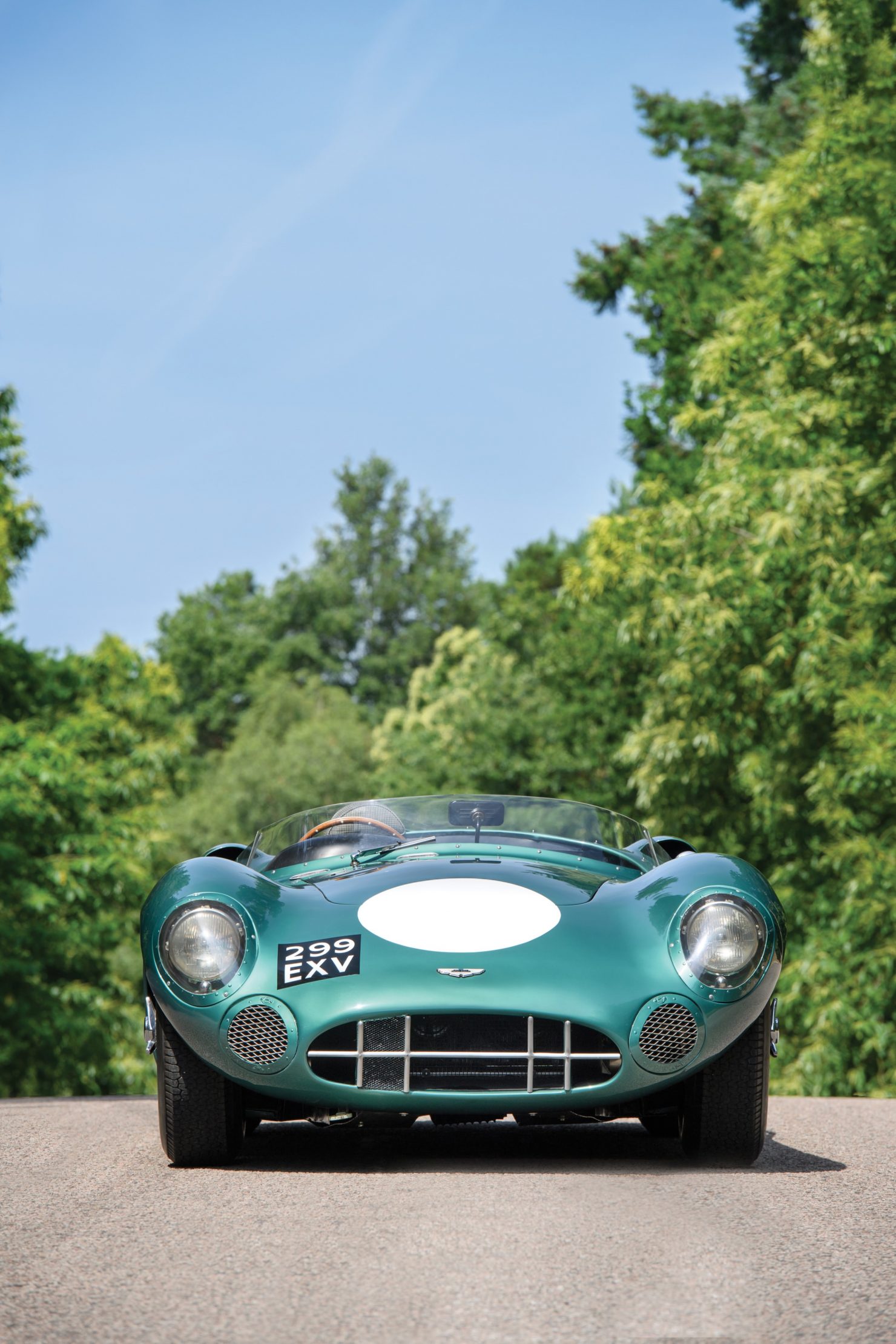
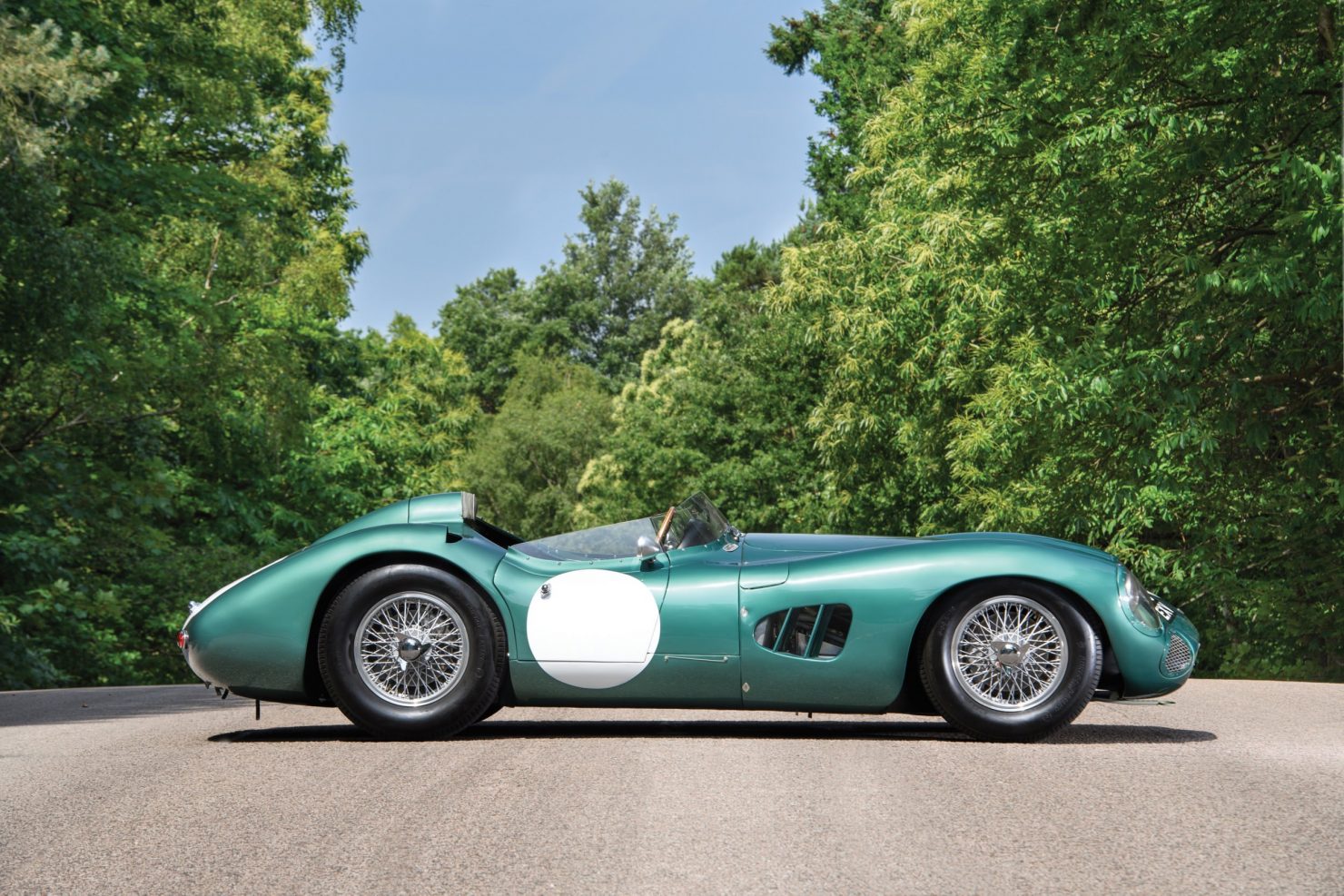
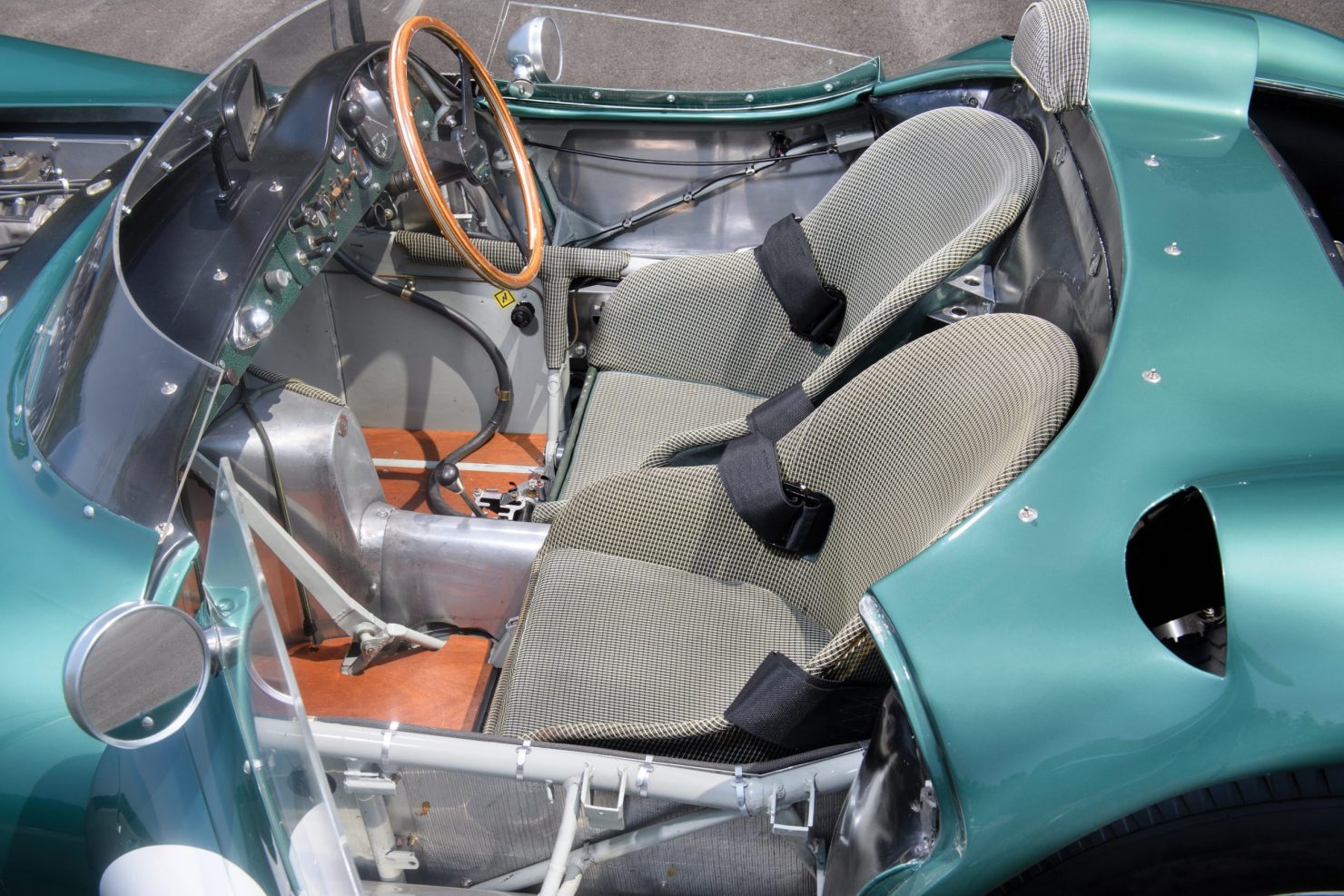
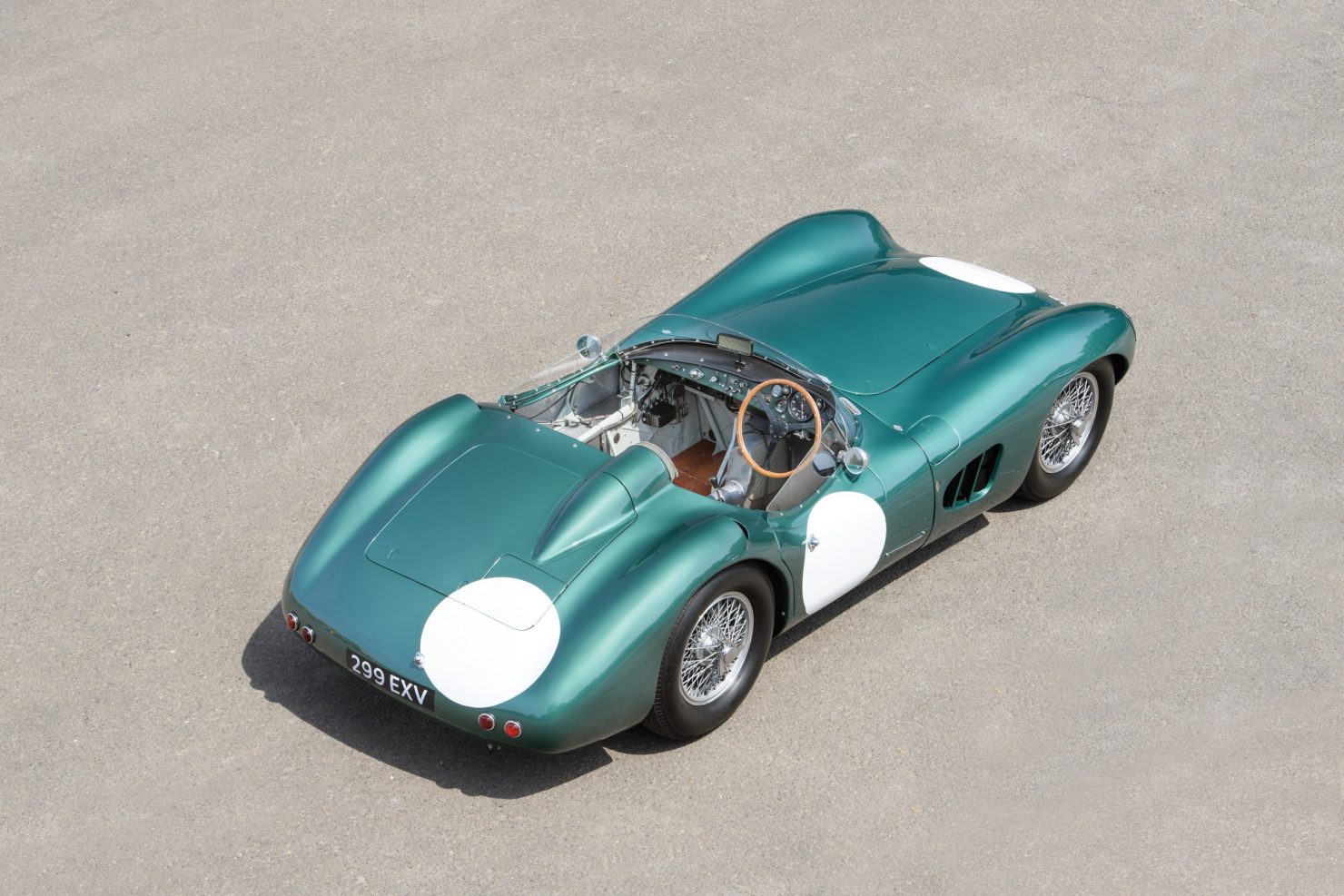
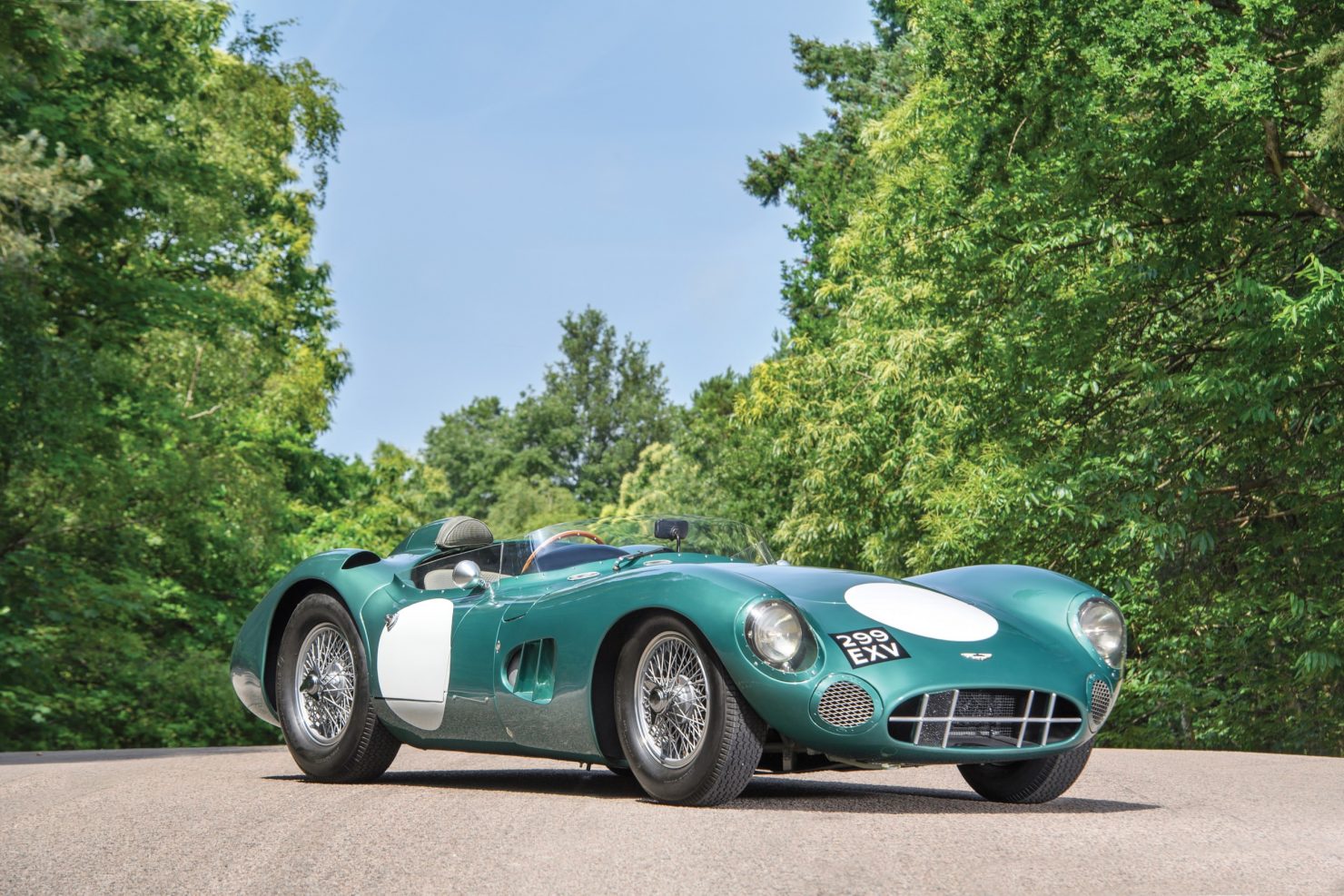
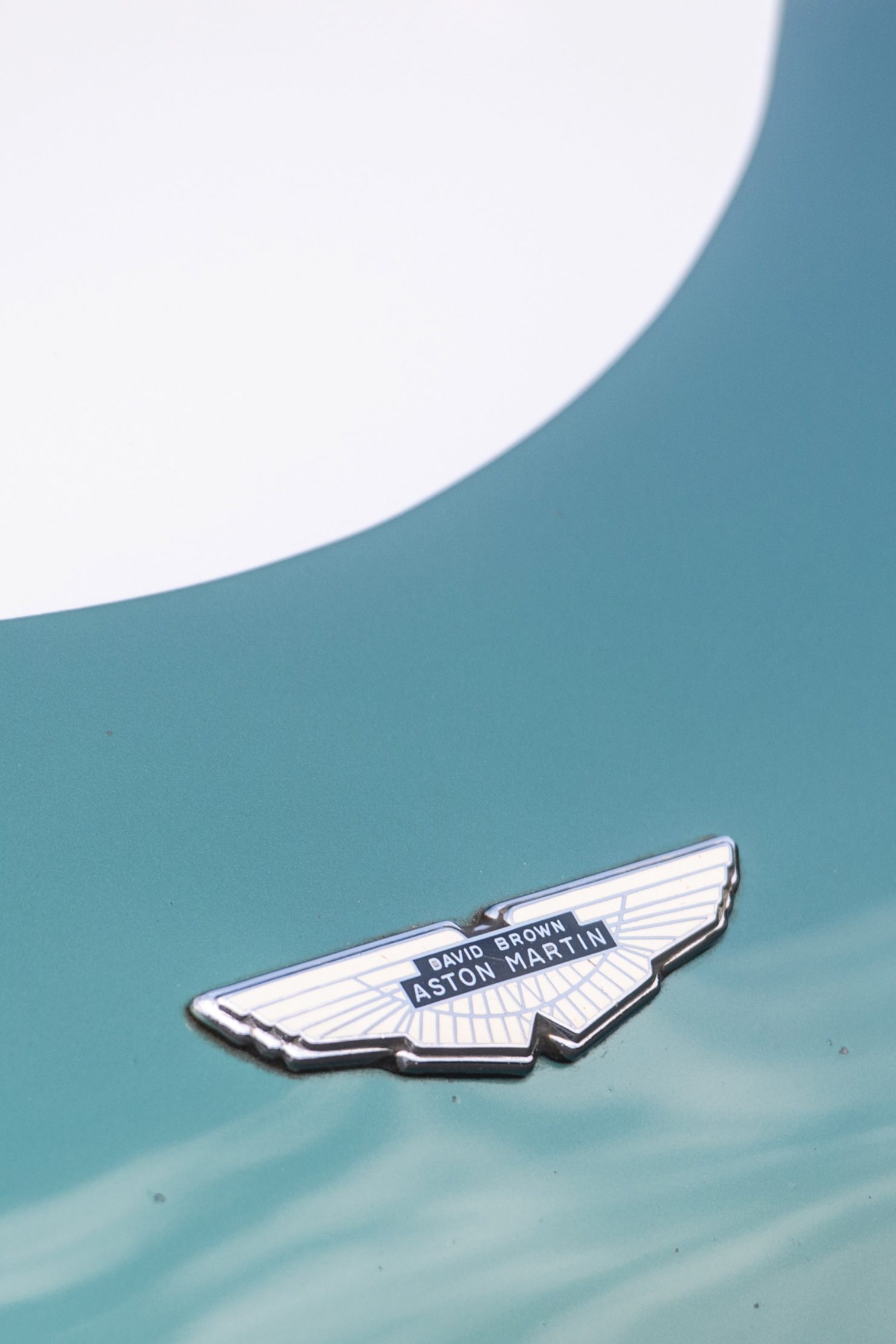
Photo Credits: Tim Scott ©2017 Courtesy of RM Sotheby’s

